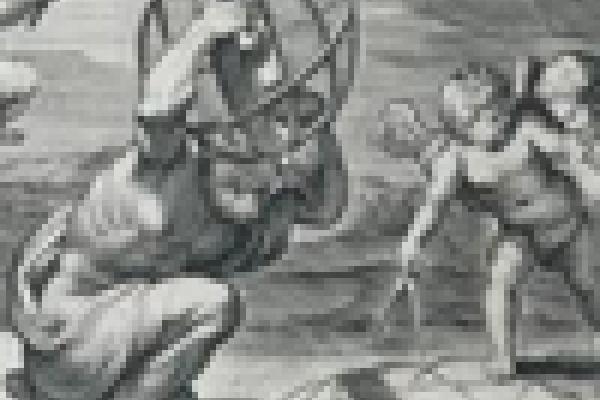Blog post

Maths in a minute: Counting numbers
Are there more irrational numbers than rational numbers, or more rational numbers than irrational numbers? Well, there are infinitely many of both, so the question doesn't make sense. It turns out, however, that the set of rational numbers is infinite in a very different way from the set of irrational numbers.


